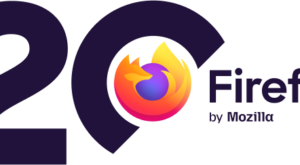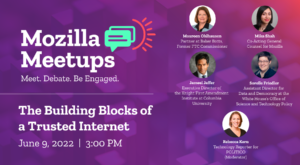Last week, I had the privilege of hosting a great meeting focused on the next phase of the Collusion project. With generous support from the Ford Foundation, we’re tackling a significant next phase in Collusion’s evolution.
First, a bit of background. Collusion started off as an experimental add-on for Firefox by Atul Varma, in his quest to understand how cookies and tracking actually worked on the web. Since that initial version, Collusion has evolved into a popular and influential tool, and sparked a broader research effort. With hundreds of thousands of users, it’s helped us teach a lot of people about the web. A Collusion presentation by Mozilla CEO Gary Kovacs is now one of the 50 most-watched TED talks of all time. Collusion has also been forked, with ports to Chrome and Safari from Disconnect.me
Like many Mozilla projects, Collusion’s progress depends on contributions from staff, partners, and volunteers. In this particular case, we have an interesting collection of people who will contribute in distinctive ways, from coding to visualization to infrastructure and metrics. Also, like all Mozilla projects, this effort is open to participation by others, as I’ll mention in more detail below.
Over the next year or so, we agreed to dig in and take our research and the Collusion add-on forward in a few significant ways.
First, we realize that the user experience of Collusion needs refining and evolution. The current add-on is most compelling in the context of a demo or a tutorial, and could include a good deal more storytelling and explaining than it does today. Second, the visualization of the connected graph that makes Collusion so compelling needs some tweaks, both in terms of scaling to larger graphs and presentation/visual design.
We also realize that the current add-on experience often surprises users with what they learn about third-party tracking on the web, but gives them little in the way of actionable next steps to take. The point of Collusion isn’t to “freak people out,” but allow them to understand tracking, control how they’re being tracked, and lead to a better Internet experience for all. We have yet to define the details of all those next steps, but some of them seem fairly clear.
Understanding that there are different kinds of uses of shared third-party HTTP requests (which is what Collusion tracks) is another important goal for our research. Some of them are fully in line with users’ desires and intents, and some are not. We need to let users figure out which requests they want and which they’d rather avoid.
Critically, gaining a better understanding of how requests are used will help make Collusion useful for publishers as well as users. Most publishers do have their visitors’ interests at heart, and constantly optimize their sites to deliver a better experience. Hopefully, Collusion will provide them with signals when their visitors don’t understand or appreciate the third-party services deployed. Collusion could also provide useful market feedback to third parties and help them bridge the current divide with users, becoming more than silent parties to online experiences.
Much of this will start with letting users choose to contribute to a crowd-sourced data set about tracking on the web. As with the test pilot project, we will build a system that lets Collusion users contribute to a rich data set about the web as experienced by everyday users, fostering a better understanding of today’s web by researchers, users, policymakers and industry.
I’m excited to be part of this effort, which could have meaningful impact on a broad set of actors — in part because we’ll be relying on input from a diverse set of perspectives, from designers and artists who will help us build further compelling visualizations of the data that we collect, to privacy researchers who will help us ask better questions of our data.
In the next few weeks, we’ll set up the “heartbeat” bits of the project — a weekly call, IRC channel, mailing lists, etc. If you’re interested in participating, check out the wiki page for details, or contact me directly.













